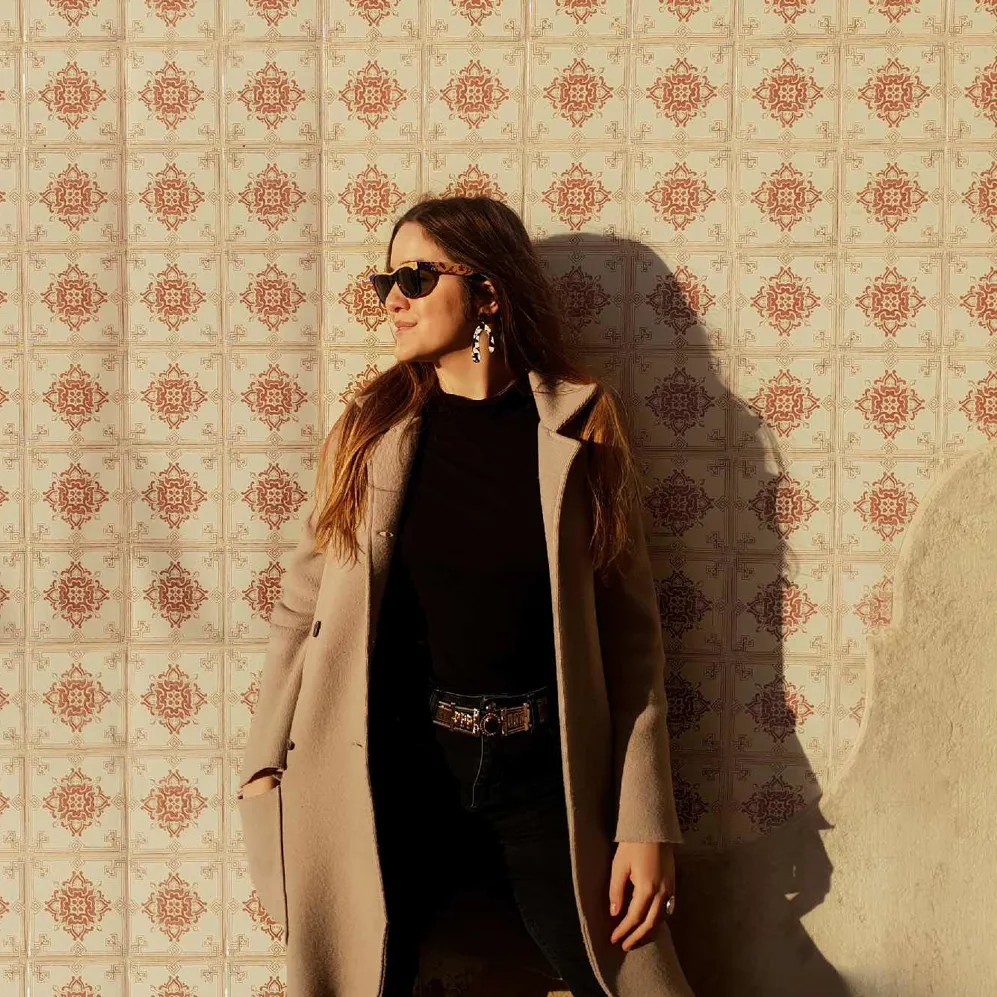
Words Vidula KotianImages Courtesy of Cretan Malia ParkDate 02 November 2022
She gave him a red woolen skein to unravel as he went in so he could find his way back out and thus saved the hero of the story. Agapi Sbokou, the grandmother of the owners of Cretan Malia Park, was also a silent savior. Sbokou brought women weavers of the island together in the 1950s and helped them trade their textiles through to the 1980s, keeping the rich history of weaving in Crete alive.
A weaver herself, Sbokou built a museum-worthy collection of hand-woven textiles over the years. A selection of the best of the island’s traditions is on display at the hotel in an exhibition titled “Womanhood: Threads and Traces,” curated by Katerina Nikolaou with scientific advisor Vassiliki Panayotopoulou. We talked with Nikolaou about the warp and weft of this ancient tradition, and the stories hidden behind it.

Each generation uses the same techniques, which means weaving remains both timeless and contemporary
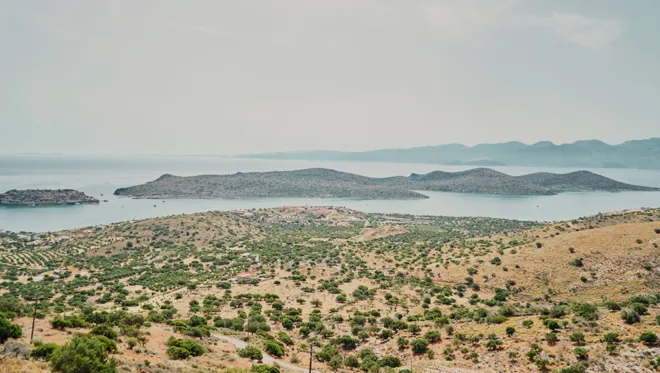
Crete’s connection with weaving goes back to the mythological times
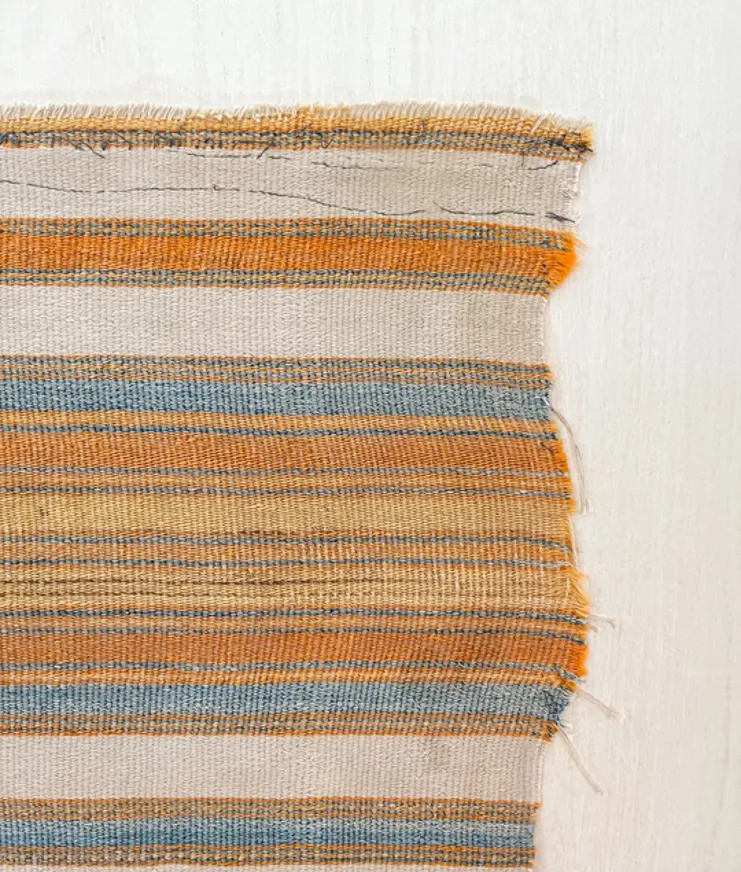
In Crete, textiles have traditionally been made by women
I came across a great collection of hand-woven textiles, and that made the selection process very difficult since all textiles had their own story to tell. I feel blessed to have worked alongside Vassiliki Panayotopoulou, a textile scientific advisor, who’s provided me with useful guidance throughout the process.
Our main goal was to encompass and highlight most of the Cretan weaving techniques. Our final selection is in harmony with the architectural style and design of Cretan Malia Park and the handpicked pieces reveal the perspective of those women who combine craftmanship with fine art.
It was outstanding that Agapi Sbokou in the mid 1950s managed to gather fellow weavers to create a sustainable and commercial network. On that note, the art of weaving relies on the accumulated knowledge of weaving across time, transmitted by the older women weavers to the younger ones. Each generation uses the same techniques, and this is what makes this craft so unique as it manages to remain timeless and contemporary.
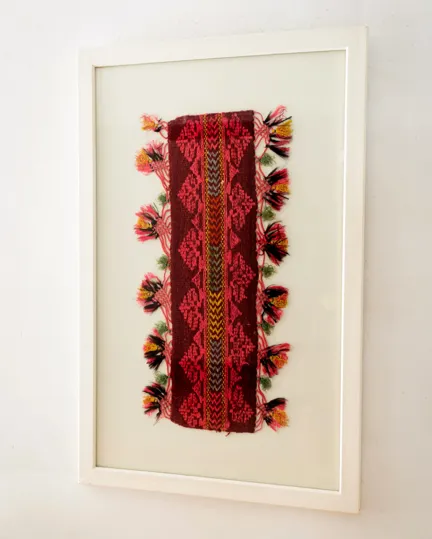
This collection features works that were made to be used for household needs or decoration
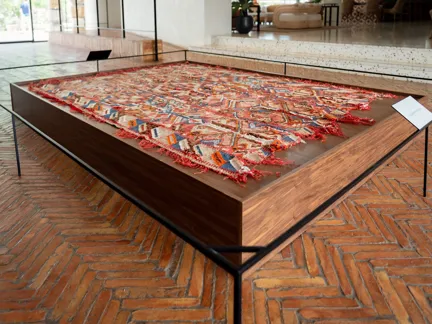
Kilims are ornate, heavy beddings with colorful geometrical shapes
In the Cretan weaving tradition, the dominant element is the vivid colors, especially those that originate from the island’s southern region. Their patterns, apart from geometric shapes, include images of the island’s unique flora and fauna, such as birds, animals, and flowers. Moreover, one of the most dominant motifs can be found in “Patanias,” which is among the most distinct handicrafts of Cretan weaving art and showcases the rural life of Cretan people.
There is a piece called “Vourgia” that is one of my favorites. Even though it is not one of the centerpieces of the exhibition, I found the story behind it interesting. Vourgia was a bag, and it was an instrumental tool for the male villagers as they used it to transport their food. Usually, the outer side of Vourgia had a rich decoration with a variety of colors while the back side touching the carrier is plainer. Contemporary Greek designers are inspired by Vourgia and nowadays we often see it in women’s fashion.
Cretan hand-woven textiles are the richest and most well-structured traditional textiles one can find in Greece. Thus, some of them are on showcase in well-known museums in Greece and abroad since textiles have been used for practical, decorative, spiritual, and expressive purposes across cultures.
The highly developed textile culture of Crete is now being slowly revitalized by small clusters of women living in different villages. The reason behind these initiatives is their eagerness to discover as well as to contribute in any way to the preservation of a rich and centuries-old tradition, that of the hand-woven textile.
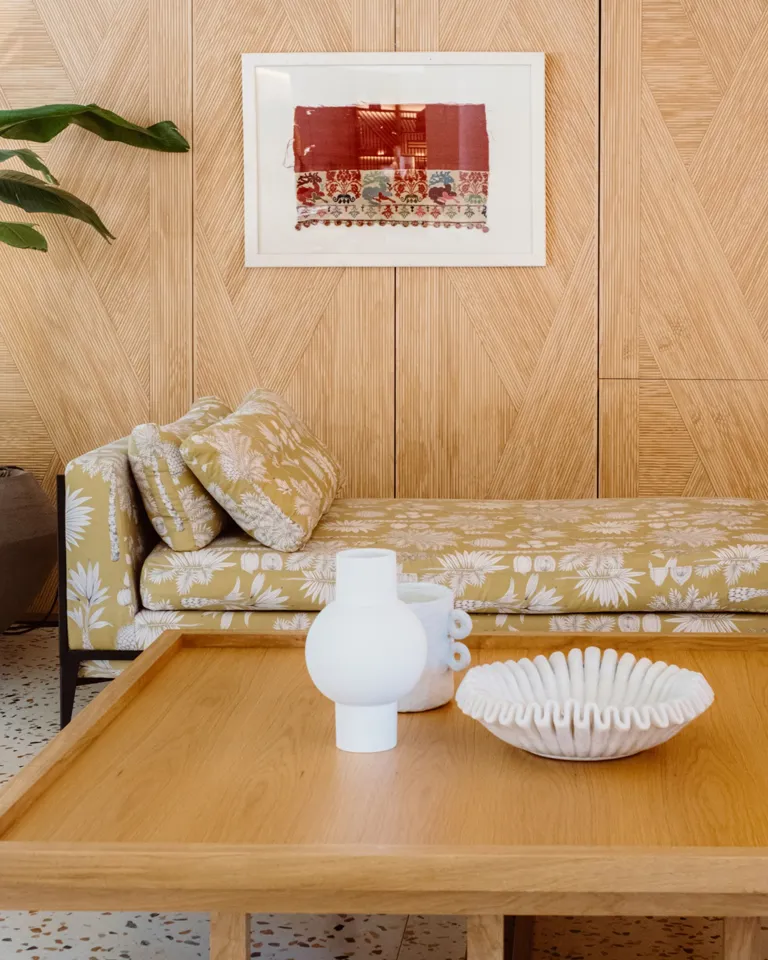
The textiles reveal the artisans’ skills and inspiring creativity